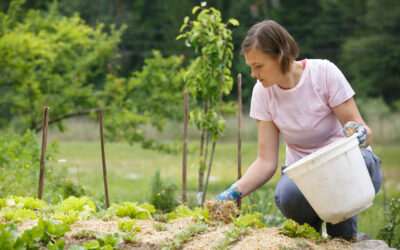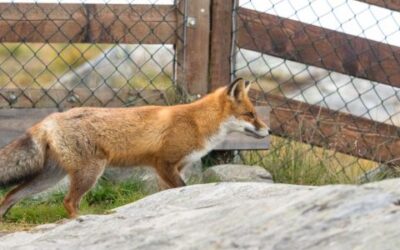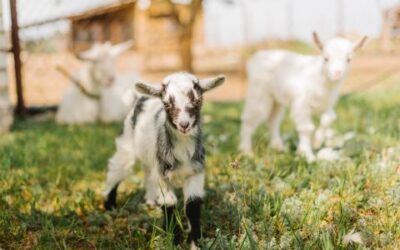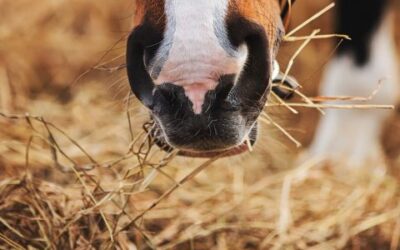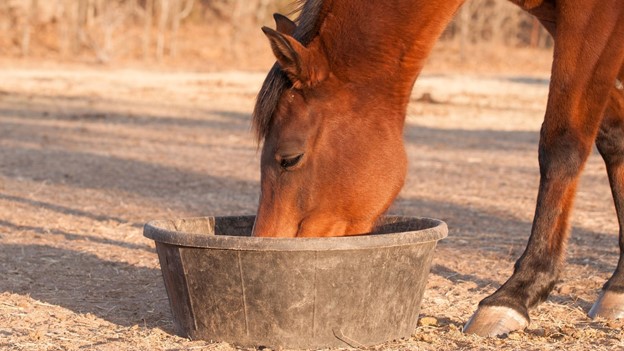
As we head into fall, the lush pasture may be waning. It’s time to make winter plans—but what will you do for your horse’s turnout over the winter months?
For many people, a dry lot is the perfect turnout situation for their horses. A dry lot is a small paddock, which is sacrificed to allow for other pastures to rest, especially during the winter or in the overly wet months. It can be one of the most important ways you prepare your horses for winter.
Size
Dry lots may not seem like they require much thought, but they do. They also require a considerable amount of planning. They may vary in size, but there needs to be a minimum of 400 square feet per horse contained in the paddock (additional space is required if the horses do not get along well).
Shelter
You must also consider shelter. This is imperative to help horses get out of the elements, including the hot sun. A run-in shed is one of the best shelter options for this application. According to Krishona Martinson, Ph.D., University of Minnesota, “A three-sided shed or lean-to, can provide adequate shelter for your horse. A 12′ by 12′ lean-to can accommodate 1 to 2 horses. As horse numbers increase, run-in shed dimensions should increase by 12 feet per horse. For example, if you have 3 to 4 horses, you would need a 12′ x 24′, and with 5 to 6 horses, a 12′ x 48′ lean-to would be sufficient.” Again, these recommendations assume all horses utilizing the shelter get along with each other.
Food & Water
By keeping the food, shelter, and water in different areas of the dry lot, you can encourage movement and control the relative footpath. Consider placing your horse forage in a bucket or hay feeder to keep it off the footing. This will keep the lot cleaner and will also prevent your horse from ingesting too much dirt. Eating even small amounts of dirt can result in sand colic.
Footing & Drainage
Footing and drainage are also important pieces of the puzzle. “In high-traffic areas like a dry lot or hold corral, horse hooves loosen topsoil and compact the soil below,” explains Ann Swinker, Extension Horse Specialist at Penn State University. “As the soil becomes more compacted with the constant pounding of horse hooves, rainwater is not able to percolate through the soil and pools on top, mixing with the topsoil to create mud. The most important ingredient for making mud is to add water. The rainwater that runs off of impervious surfaces like your barn roof can compound the problem. If the rain isn’t direct away from the high-traffic areas, you can have a real mud problem.”
Dry lots are important to horse management, but they must be managed properly. With a bit of planning and maintenance, the dry lot will prove to be helpful throughout every season.
At Lucerne Farms, we believe in only the best for your horses. Shop our site for all-natural products from our family farm in Northern Maine, and read our blog for more tips!

